Essential conditions for change
Are the essential conditions for change present in your community?
Here are some key success factors as well as some practical examples of these in action, to get you thinking about what would work in your community.
Learning by Doing – a handbook
In 2013, Inspiring Communities published a comprehensive examination of community-led development. Appropriately named Learning by Doing, it includes both theory and practice, and is essential to anyone working in CLD in New Zealand.
Learning by Doing (LBD) includes comprehensive thinking, learning, examples and results from community-led activity right across Aotearoa. It’s become a ‘must have’ handbook for people and organisations wanting to empower and support locally-led change. Noticing change is at the foundation of effective change. CLD is a long term game, and one where rules, models and evidence only take us so far. We are constantly reminded that not everything that counts can be easily measured. So it’s important that we embrace a ‘learning by doing’ approach in order to better understand what works, what doesn’t and why. Sharing diverse examples, stories, ideas and results from community-led activity around Aotearoa serves to strengthen a community’s ability to succeed. These examples are intended to support and inspire you to use community-led development to make positive change in your place.
A number of the book’s chapters are also available to download and share:
See highlights from the launch of Learning by Doing at Te Papa here.
What others have said about Learning by Doing….
“This book is a fantastic resource for practitioners and policy makers. It both provides a collection of really useful tools and resources, and it shares “real life” stories of how people have made use of these in practice in New Zealand. I highly recommend it.” Liz Weaver, Head Coach Tamarack Institute of Community Engagement – Canada
“Learning by Doing is a gift to the nation and also to the international community-led development movement. Just when we need it most, here is a book guiding people back to the power of community.” Jim Diers, Neighbourhoods Expert- Seattle USA.
Deepen your knowledge by purchasing a copy of Learning by Doing
To purchase a copy please email exchange@inspiringcommunities.org.nz
How to craft powerful questions
Learn by doing
The types of questions we can ask, and the ways in which they’re asked, can have a big impact on how people engage with us and what information is received in return.
Asking well thought out, clear and direct questions is a great way to be more efficient in meetings, gather the information you know that you need, and getting the most from the people who have gathered to share information. If you’ve not done this sort of thing before it can be a challenging exercise, and we recommend that you take some time to work through this helpful worksheet.
If you would like to learn more about engaging your community, be sure to have a look at the page How to get community conversations started.
Active Listening Checklist
Active listening involves paying attention, withholding judgment, reflecting, clarifying, summarising and sharing. Each listening skill requires several techniques or behaviours. Download the PDF resource below to learn more.
Our Community Readiness Questionnaire
Here are some questions to help you think more deeply about your community context, stories and experiences. This process can help you to think about what’s needed for the full potential of your community to be achieved and what support or actions might be built into your planning and processes to help build community capacity to participate, lead and succeed. Understanding the big picture of a local community – its strengths, challenges and experiences – is important. Individually and collectively, a range of readiness factors will impact on the pace, buy-in and process of locally-led change.
What is community-led development?
What is Community-Led Development?
Community-led development (CLD) in Aotearoa is an approach to improving hauora (wellbeing) of the local community by embedding Te Tiriti, working with diverse local leadership, and implementing solutions that build on the strengths of that place.
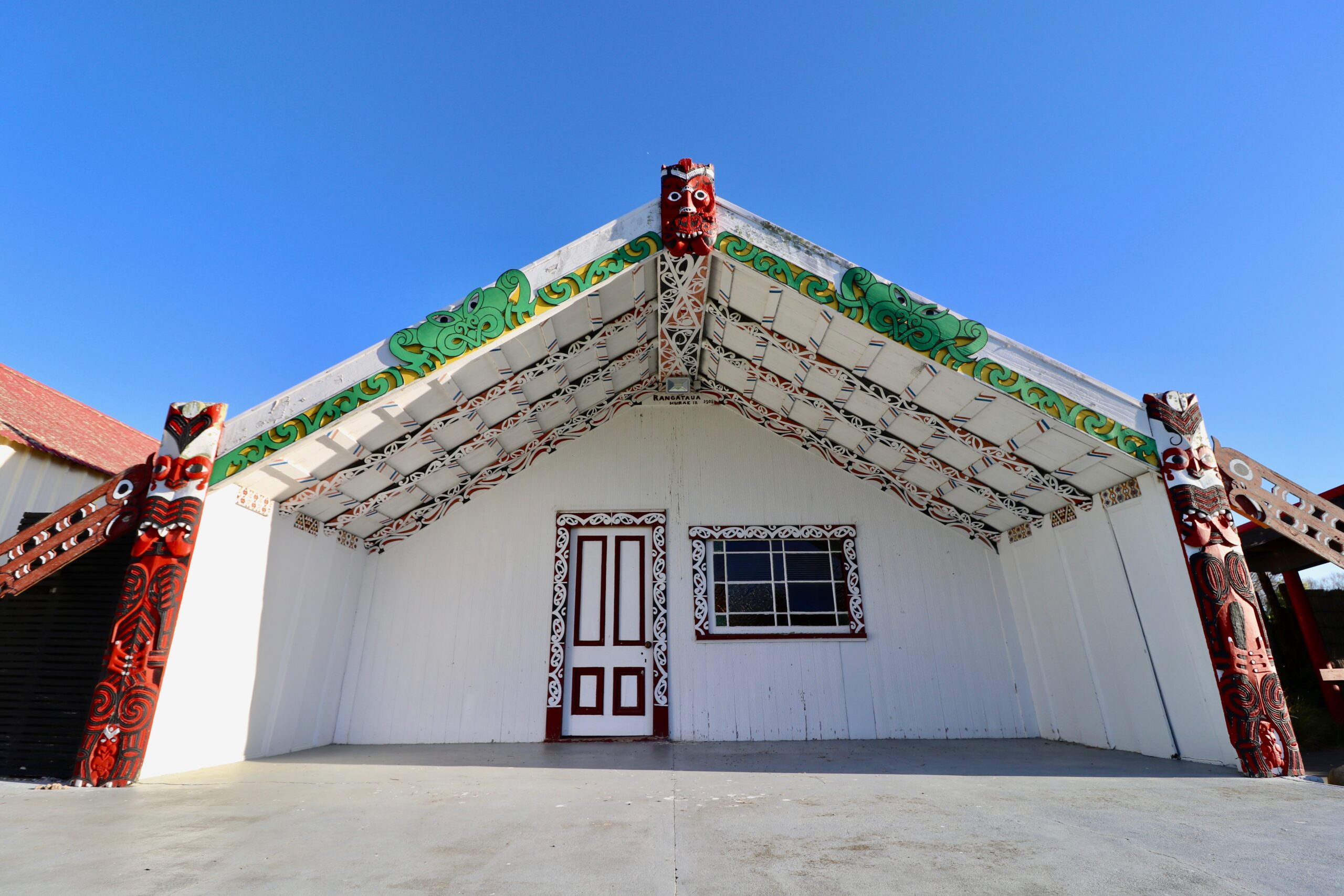
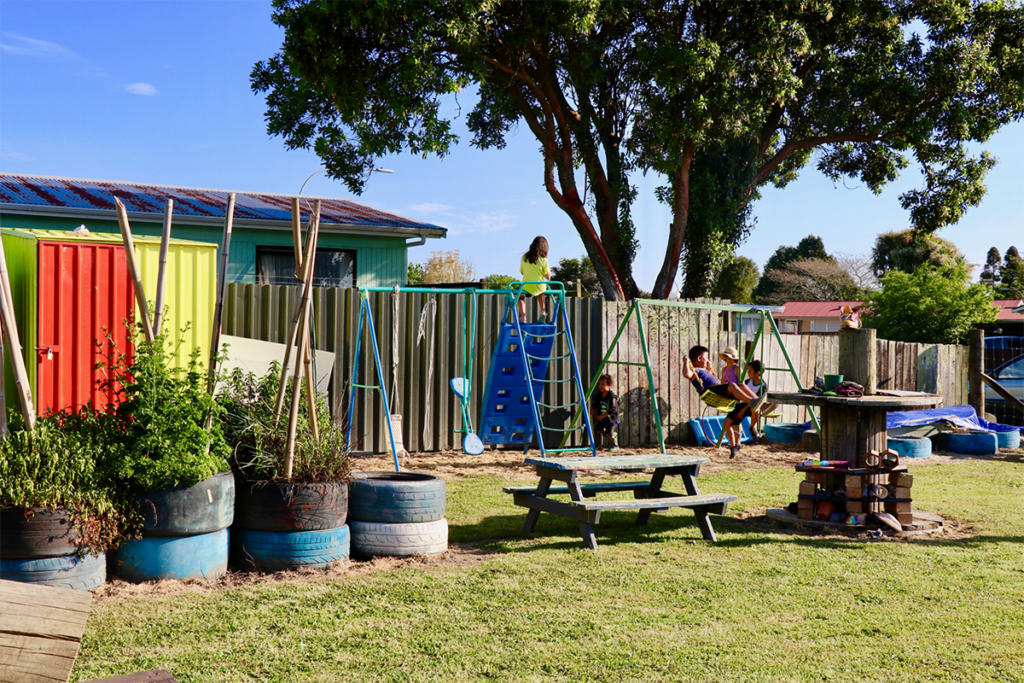
Why Community-Led Development is a successful approach for change.
Nā tō rourou, nā taku rourou ka ora ai te iwi. With your basket and my basket we will sustain the people.
- Vision and priorities are shaped by the people who live in the community
- We respect and build on local knowledge, strengths and experience
- We grow intentional collaboration across diverse sectors and people
- Communities own and drive their own solutions with local leadership at the centre.
- We learn by doing to achieve long term systems change, not just short term projects
Te Tiriti o Waitangi is the foundation for sharing power between tāngata whenua and tāngata Tiriti (all others who have come here) and to sustain just and vibrant communities.
How does it work?
Rather than a service model, community-led development (CLD) is a way of thinking that’s underpinned by five principles. Inspiring Communities has crafted these principles from working with communities. They continue to evolve.
Community-led development strengthens social connections so communities are at the centre of creating and implementing change to improve their own hauora. What may start as loose connections, can grow into confidence to take one-off small actions.
Building on local strengths and success, communities get organised, extending their influence and engagement with other allies outside their immediate neighbourhoods. Collaboration and local leadership all help accelerate change.
Our theory of change illustrates how we see sustainable change happening using a Community-led Development approach.
In this awesome video, local people describe what CLD means to them.
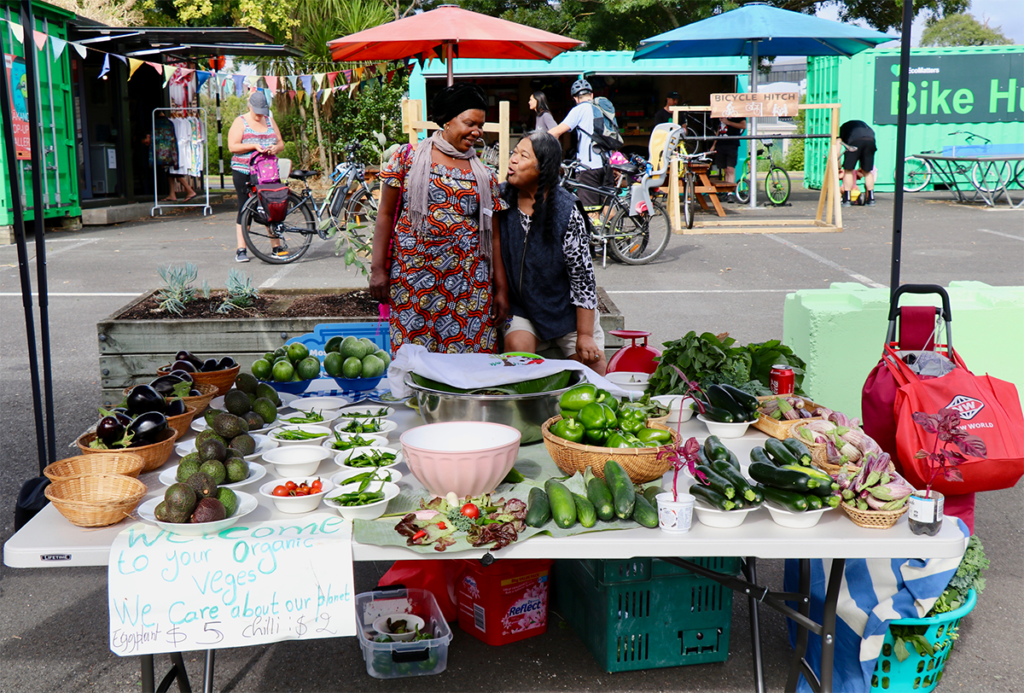
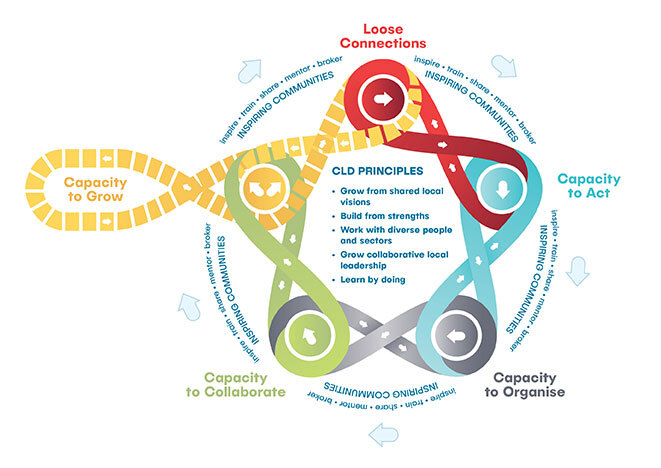
What do we need to pay attention to?
Communities of place.
Communities of place are a useful organising platform for community strengthening as those who live, work, play, care, invest or connect to a particular place tend to have a shared vested interest in making things even better.
The greatest gains are made when combined with other strategies (such as iwi/hapū development, local economic development, social development, service coordination, environmental restoration) and integrated into core practice
Different approaches to leadership needed.
This video* with Inspiring Communities’ David Hanna explains some of the different ways we need to adapt our leadership for different, often complex, situations we are working with.
Our Leadership as Learning framework helps us work with the messiness of community-led development. Our capability framework helps us think about some of the capabilities we already have and some we might need to grow to help local CLD leadership thrive. The ‘little things’ we do are often actually the seeds of ‘big things’ changing. However, in isolation, these one-off little changes do not create stronger, more resilient and sustainable communities.
This framework (quadrants of change) helps us understand what it takes to achieve sustainable change in communities, suggesting at least five dimensions of change we need to pay attention to: personal, relational, structural, cultural and power.
*This video was produced when David Hanna was the former Chair of Inspiring Communities. We believe its narrative remains relevant in our collective mahi.
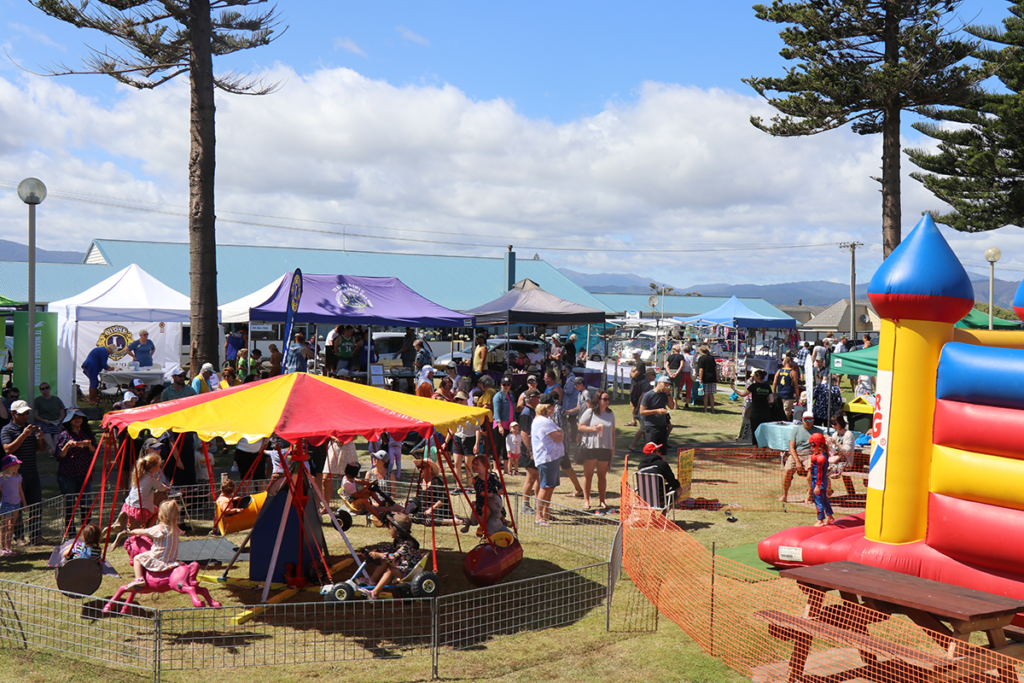

Working in an ever-changing environment.
Things around us are constantly evolving. Things rarely go to plan. This framework helps us observe, learn and adapt to where the energy, resources, risks and opportunities are in our communities.
We put together some of our key learnings in this publication as an essential guide for anyone working in CLD in New Zealand


